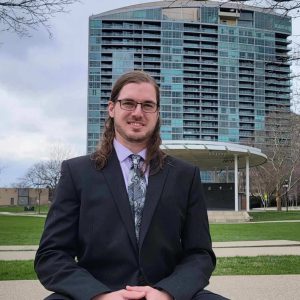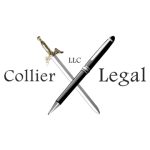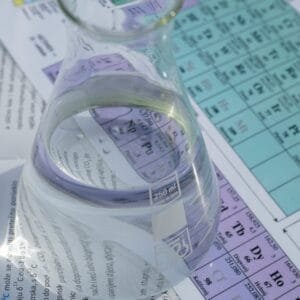Understanding Markush Structure in Patents
Introduction
Markush structures are a powerful tool in patent law, particularly in the chemical and pharmaceutical industries. They allow inventors to claim a wide range of structurally related compounds under a single patent claim, providing both flexibility and broad protection. Understanding how these structures work, and how to use them effectively, is essential for patent attorneys and applicants alike.
What is a Markush Structure?
A Markush structure is a representation of a group of chemical compounds that share a common core but differ in one or more variable groups. These variables are typically represented by substituents such as R1, R2, etc., and each substituent can include multiple defined alternatives.
The term originates from the 1924 case Ex parte Markush, 1925 C.D. 126, 340 O.G. 839 (Comm’r Pat.), which allowed an applicant to claim compounds using the phrase “selected from the group consisting of…”. Since then, Markush structures have become a standard in drafting patent claims involving chemical compounds.
Importance in Patent Applications
The key advantage of using a Markush structure is the ability to cover a broad genus of compounds in a single claim, rather than listing each possible variation separately. This can significantly strengthen the scope of patent protection and reduce the risk of design-arounds.
For example, a pharmaceutical applicant developing a new therapeutic compound may want to protect not only the lead molecule but also a range of analogs that could have similar activity. A well-crafted Markush claim can ensure all relevant variations are covered.
Examples of Markush Structures
An illustrative example of a Markush structure might be:
R1-C6H4-R2, where:
- R1 is selected from the group consisting of H, CH3, and Cl;
- R2 is selected from the group consisting of OH and NH2.
This single claim covers six distinct compounds, demonstrating the efficiency and breadth of a Markush grouping.
Guidelines and Best Practices
To be valid, Markush claims must meet the requirements of 35 U.S.C. § 112, including written description, enablement, and definiteness. The USPTO examines such claims under the guidance of USPTO’s guidelines for Markush claims, which emphasizes unity of invention and the necessity for each alternative to be sufficiently disclosed.
Best practices include:
- Limiting each Markush group to a manageable number of well-supported alternatives;
- Ensuring the specification describes all members of the group adequately;
- Avoiding overly broad or speculative groupings that are not enabled.
Challenges and Considerations
While Markush structures offer broad protection, they also face challenges. Overly broad groupings can trigger rejections under § 112 for lack of enablement or written description. Additionally, if the groupings are not sufficiently similar, examiners may issue a restriction requirement under 35 U.S.C. § 121, forcing applicants to divide the application.
Furthermore, Markush claims are subject to increased scrutiny during international patent prosecution, where unity of invention and formal requirements may differ significantly. For further guidance, WIPO’s patent law resources can help applicants navigate international regulations.
Conclusion
Markush structures are an essential part of chemical patent strategy, enabling applicants to protect broad classes of compounds efficiently. However, their power comes with complexity. Properly drafting and supporting Markush claims requires a thorough understanding of both the chemical subject matter and patent law requirements. When used correctly, they provide robust protection and strategic value to innovators in chemical, biotech, and pharmaceutical fields.

About
Attorney Collier started his own law firm straight out of law school and has been practicing law in Ohio for 5+ years. During that time, Joe focused on business law and litigation, gaining some exposure to intellectual property law. While running his firm in 2021, Joe decided to go back to school and get his patent license. Since then, Attorney Collier has been focusing on protecting innovators and entrepreneurs through his expertise in intellectual property and business law.

